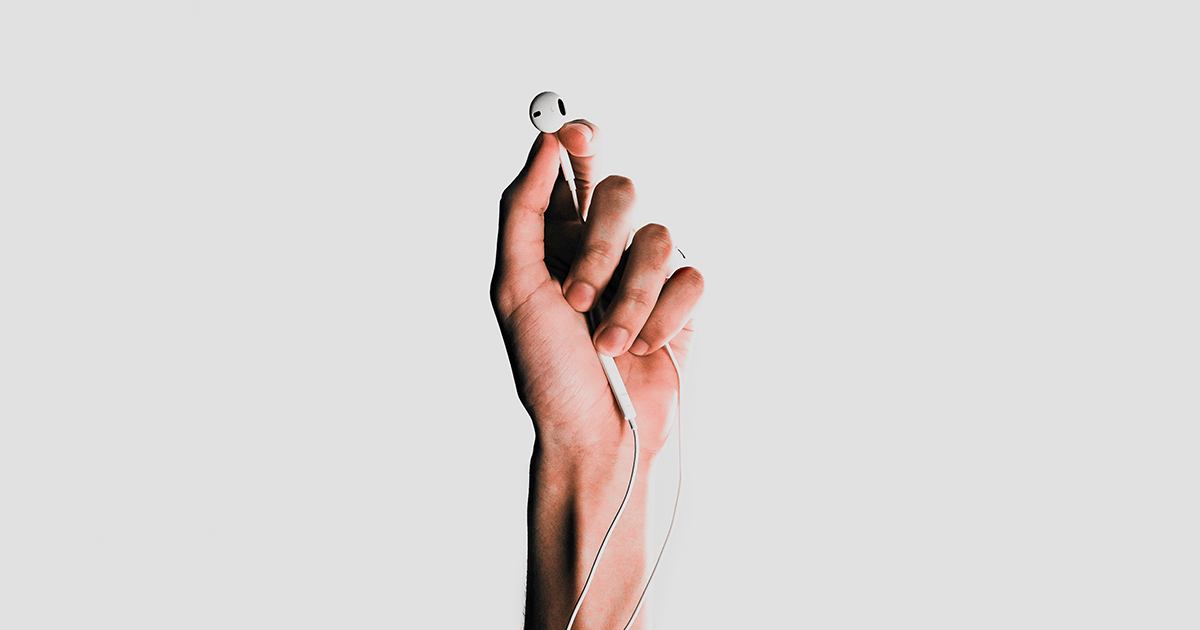The Importance of Listening
by Ronald E. Kearns
Date Posted: December 12, 2019

Photo by Daniel Fontenele
I wrote an article for WAVE about using method books to help develop improvisation. I compared it to using a dictionary to learn how to speak or write. Dictionaries are not meant to teach reading, writing or speaking.
In the same manner, method books aren’t designed to teach you how to speak the jazz language or improvise. Their function is to equip you with the needed tools to use to develop your facility on the instrument. To learn to speak we must hear people speaking the language. Likewise, to speak the language of jazz, you must hear people speak the language.
Using that premise, if you want to become a good improviser you absolutely have to hear how riffs and cliches in method books are used in practical applications. In clinics and private lessons, I tell students how to use listening and transcribing to develop jazz inflections that will enhance their playing skills.
This article is designed to help you learn how to listen actively and put what you’ve heard into practice.
Active and Passive Listening
There are two types of listening that jazz players use. Those two are active and passive listening.
Starting with passive listening, jazz players listen without their instrument. They listen to different styles and musicians to settle in on the style and musicians they like.
Once they hear the different styles they begin to list groups and individuals they like. They mentally start to visualize themselves as a performer in the group or playing like a member of the group. Once this phase of passive listening has been completed serious jazz players move to active jazz listening.
Learn the Theme
At this point, I recommend that students/players listen with their horns in their hands. The first step of active listening is to learn the heads (melodies) of the song they are focusing on. As they play the heads they should concentrate on jazz inflections and other nuances. This is the essence of learning the jazz language. Improvisation is basically playing variations on a theme. Before you can create a logical variation you must first know the theme.
Note for Note
Once you’re secure with the theme, the next step is to learn to play your favorite player’s solo note for note. There are many software programs and devices that allow you to slow down and/or stop the solo to play licks or patterns. Players should pay attention to how the soloist uses riffs, scales and licks. This is where the method books come in. Locate the riff or pattern in the method book and learn it in all twelve keys.
Play Along with Recording
Once you have transcribed the solo the next step is to play along with the recording and substitute some of your ideas for the soloist’s ideas. The goal is to continue until you have substituted all of your ideas for what the soloist has played. Record yourself and compare what you did with the original solo. There’s no time limit for learning songs by transcribing. The important thing is to learn what the artist is doing and to imitate that until you can freely express your ideas through improvisation.